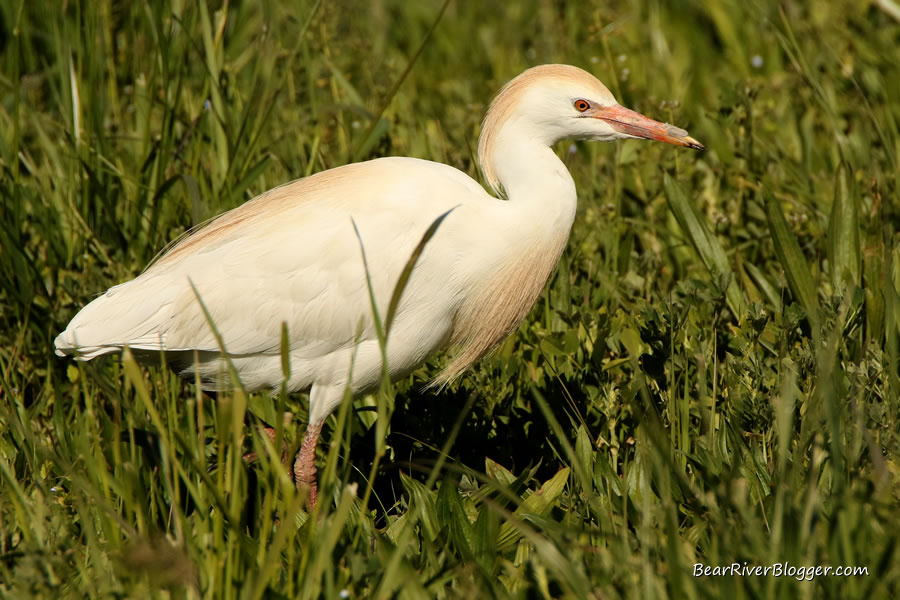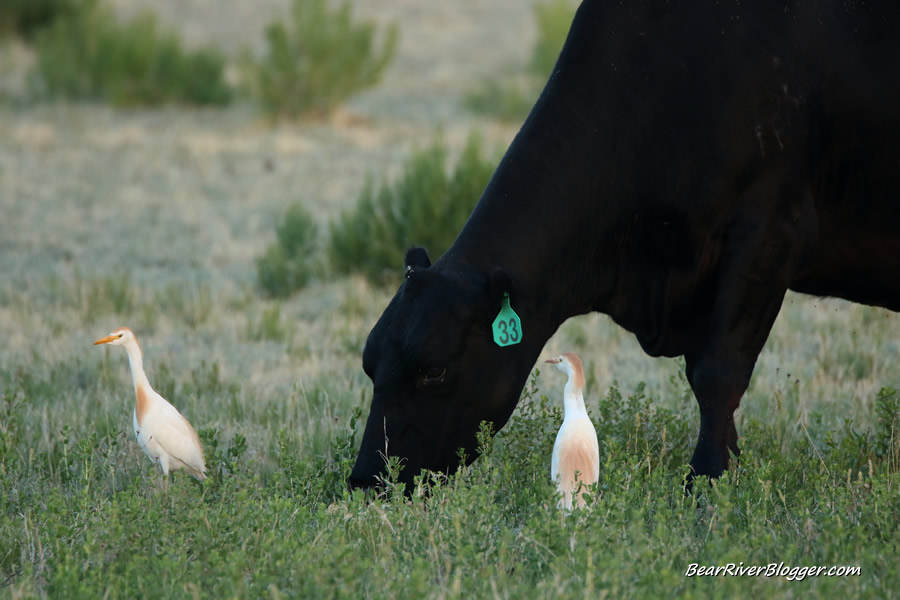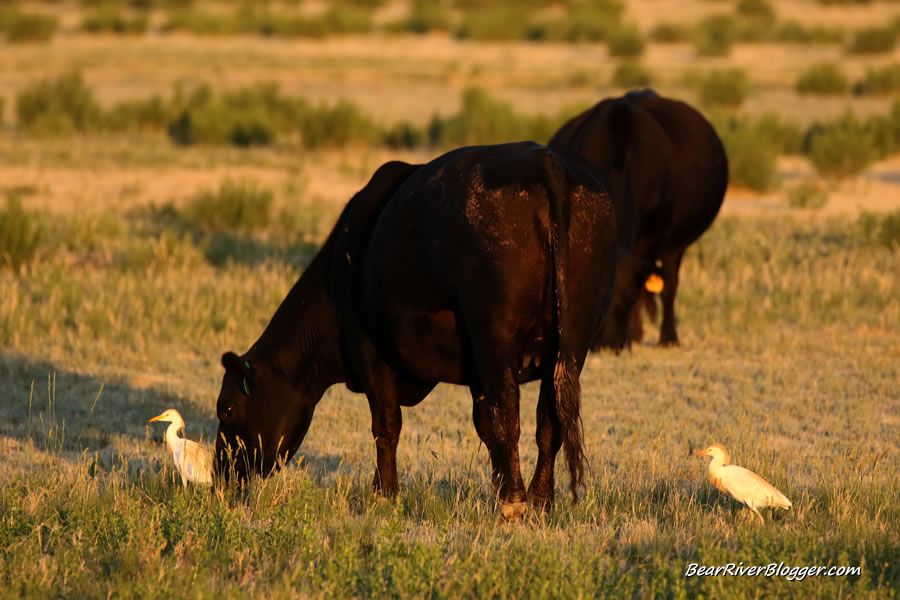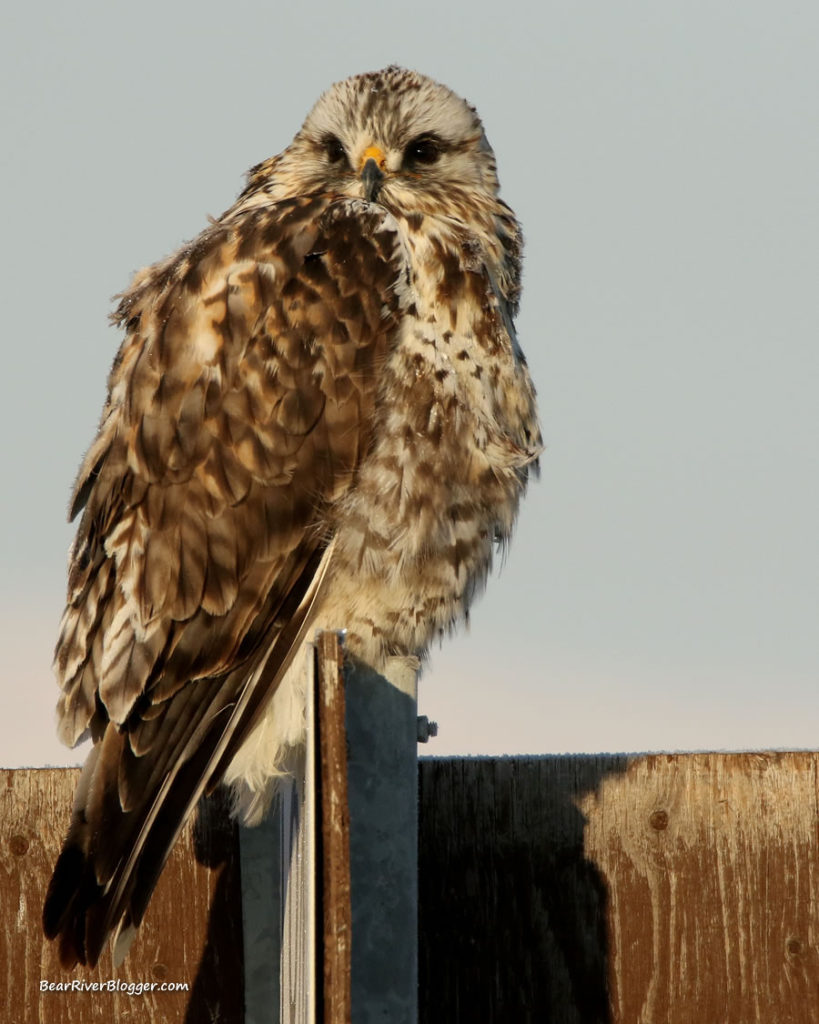In the birding world, there is a strange but interesting relationship in nature between bird and beast when it comes to cattle egrets and cows.
It’s not a mutual relationship either, by the way. The egret is definitely the sole beneficiary in this odd but unique gathering.
Novice birdwatchers might find it a bit strange when someone tells them one way to surely find cattle egrets is to look for, well, you guessed it, cows.
It’s true, and I have witnessed it myself numerous times while driving to the Bear River Migratory Bird Refuge auto tour route.

On Forest street, cattle are oftentimes present during the summer on some of the private rangelands that border the county roadway.
And many times over, I forget how many to be exact, I have seen the beautiful cattle egret intently and closely following individual cows as if there was something to be had. Well, to be honest, there is, at least for the egret, that is.
Cattle egrets closely follow cows to feed upon the grasshoppers, crickets, horseflies, moths, spiders, and other insects kicked up by the hooves of the cattle. They literally follow the cattle around to feast upon a host of disturbed insects.
My neighbor has about 50 cattle in a pasture just down the street from my house and I witnessed this phenomenon just last night, in fact. That’s actually the motivation and inspiration for this particular blog post.
It reminded me of this unique and one-sided relationship between bird and beast. The cattle really don’t benefit from it any, but the egrets surely cash in on a quick and easy meal when these opportunities arise.

Cattle egrets are found on the Bear River Migratory Bird Refuge, but they aren’t very common there, at least from my own experience, that is. They love foraging and stalking insects in pastures and rangelands that have either been disturbed by fire, mowing, tractors, and especially cattle.
In fact, the times I have seen them in pastures following cattle around far outnumber the times I have seen them stalking the edges of a marsh or wetland.
Cattle egrets are migratory, spending their winters in Mexico and along the southern coastline from Texas to Florida.
Here in Utah, we get migratory cattle egrets stopping over with a reportedly scarce population possibly breeding in the far portion of northern Utah, east of the Great Salt Lake.
An interesting fact about the cattle egret is, according to the Cornell Lab of Ornithology, cattle egrets are not native to the Americas, somehow coming from Africa and reaching South America in 1877 and slowly working their way northward into the United States decades later.
So far, I haven’t seen any cattle egrets on the Bear River Bird Refuge this year but I have seen them on Farmington Bay WMA during spring migration.
I thank you for your support and readership to my blog and for subscribing to the website for future blog posts.






